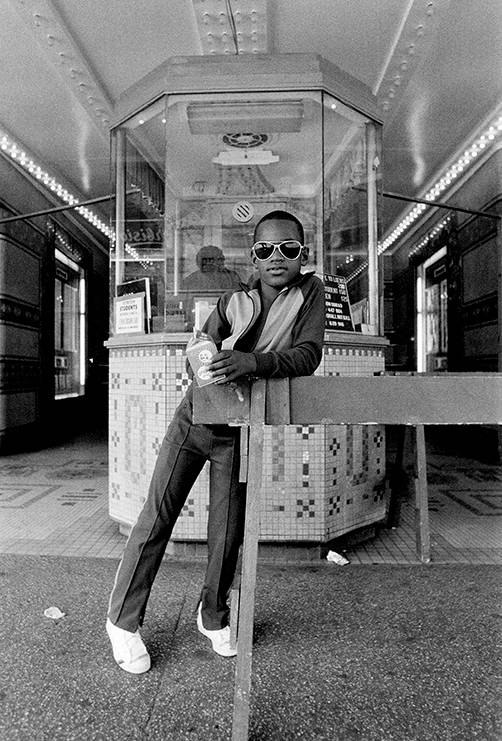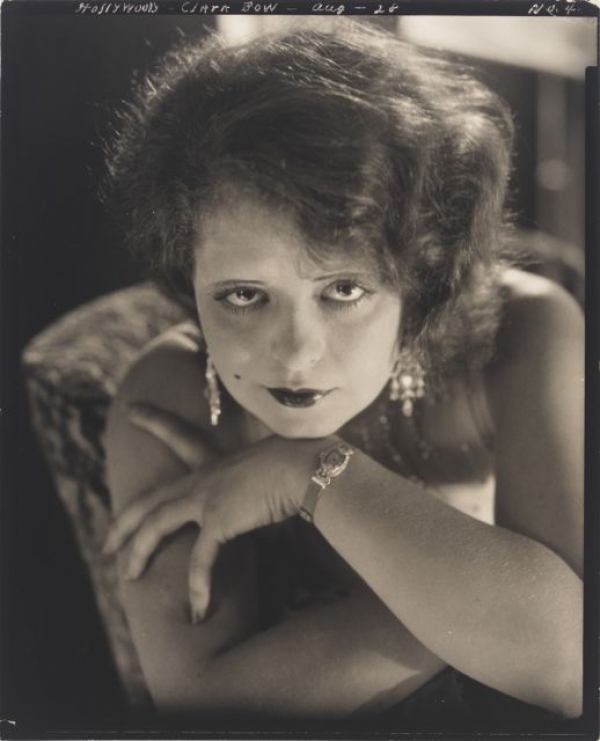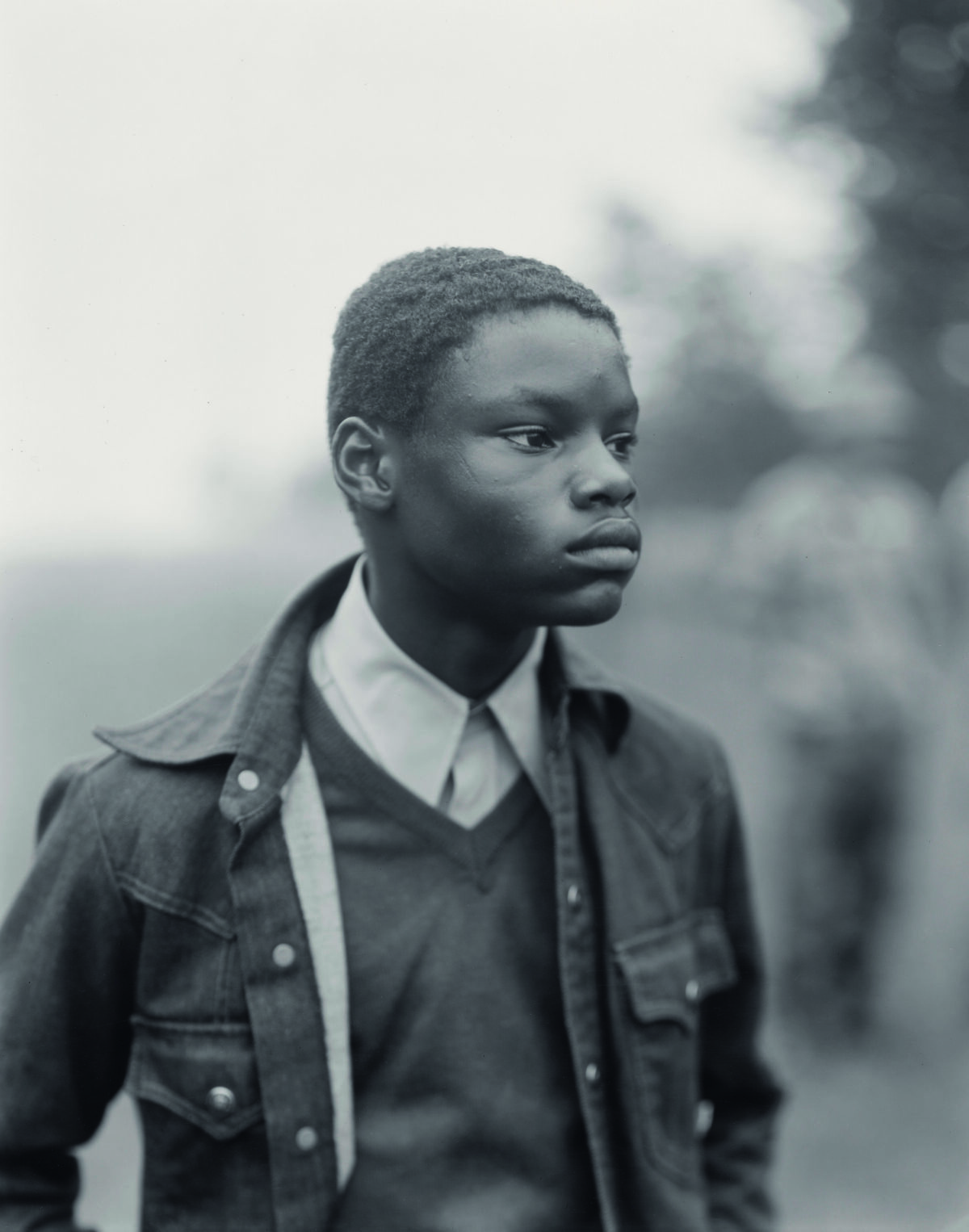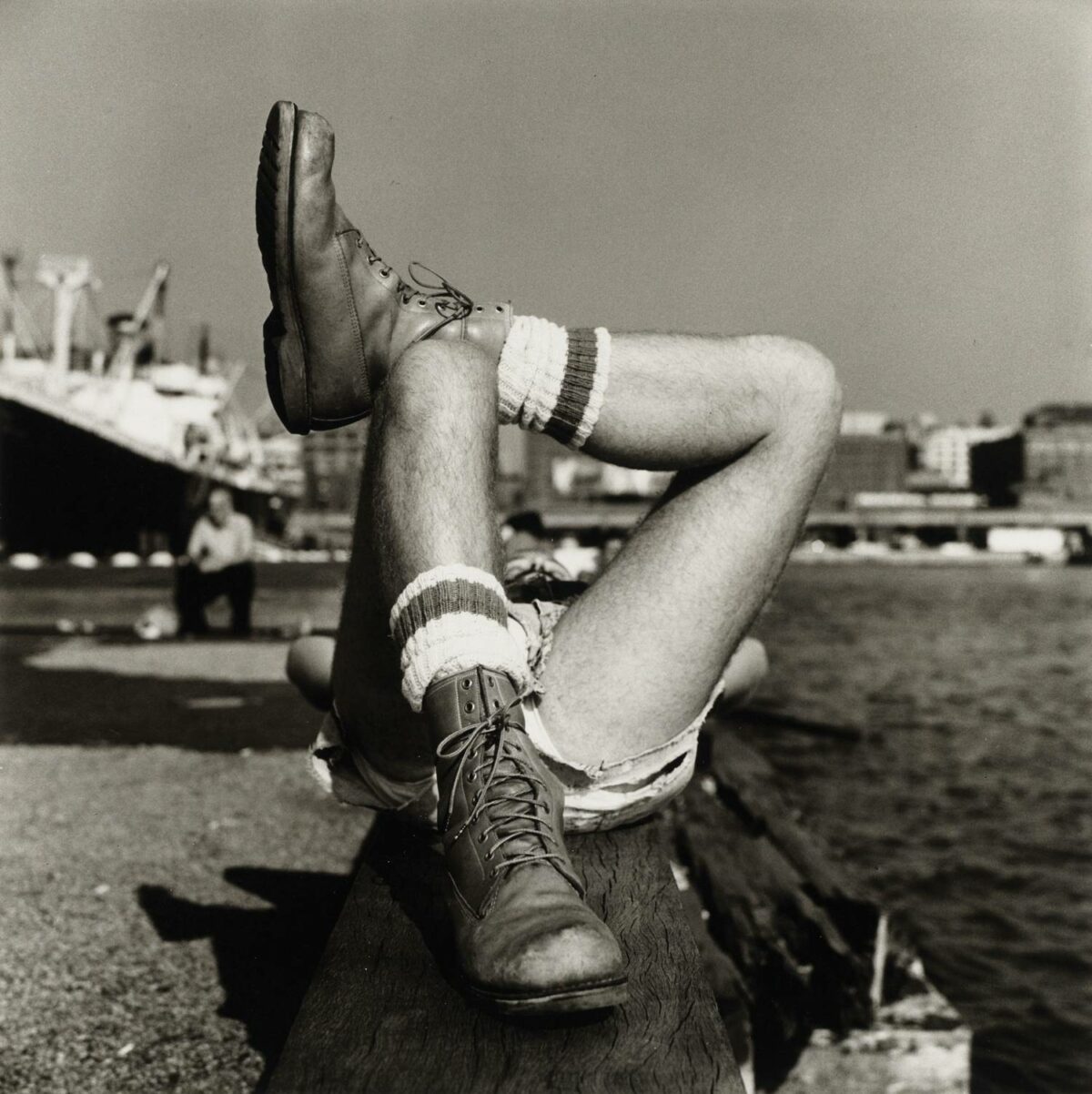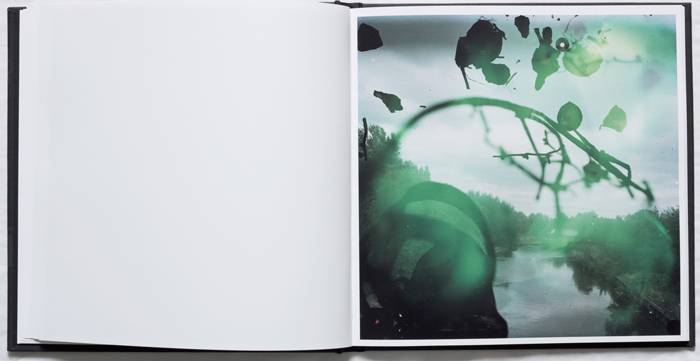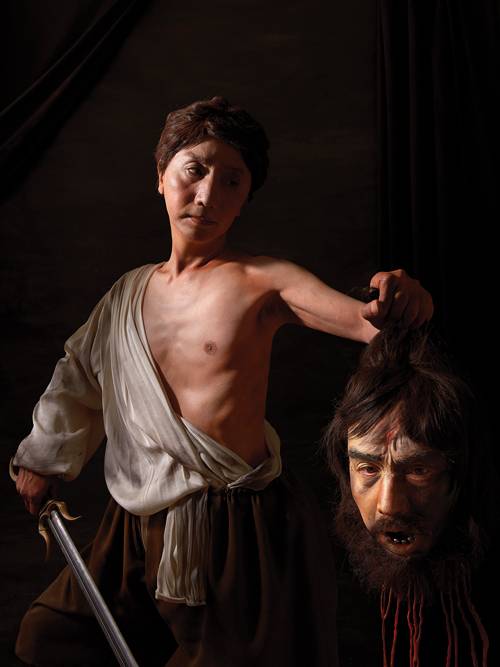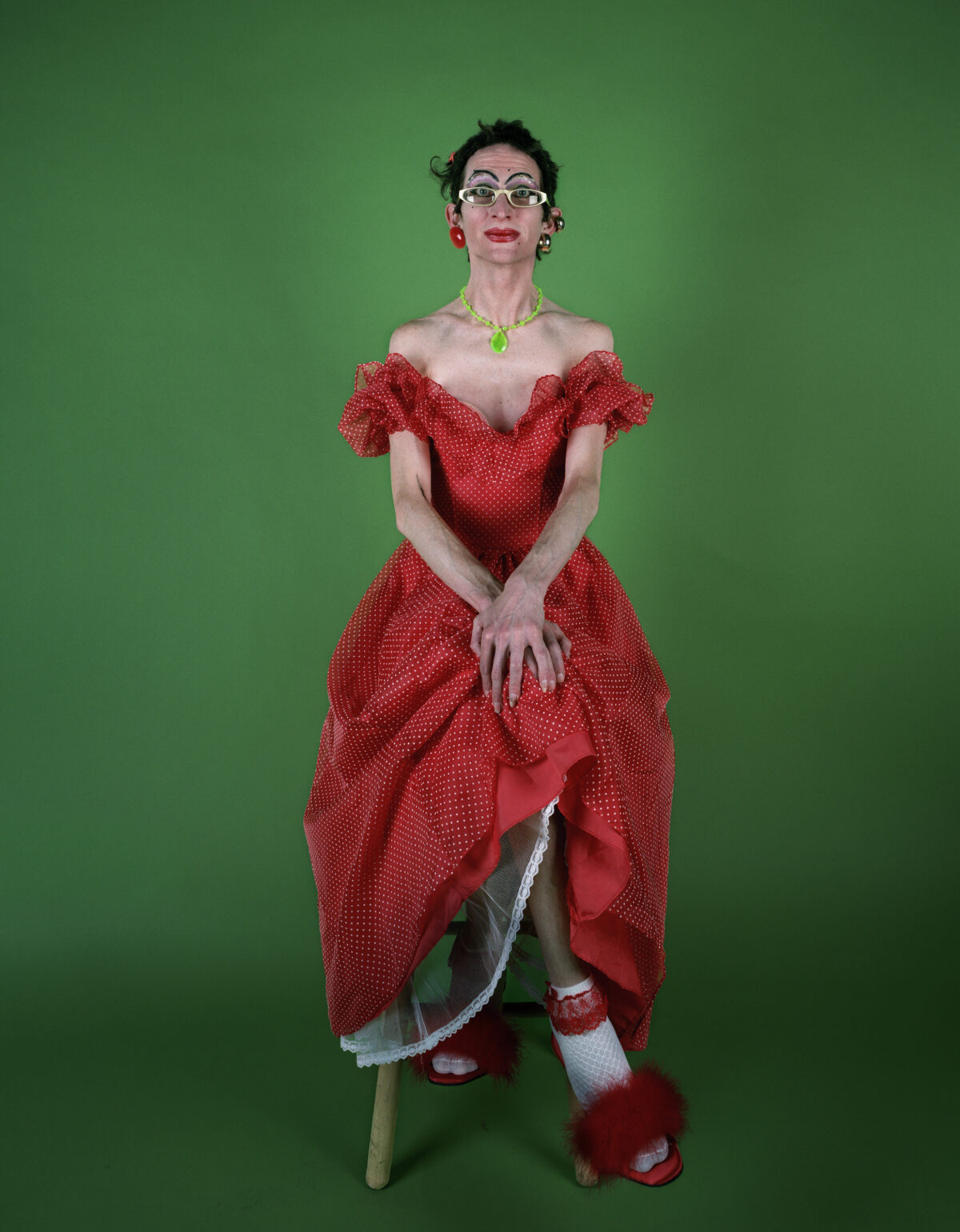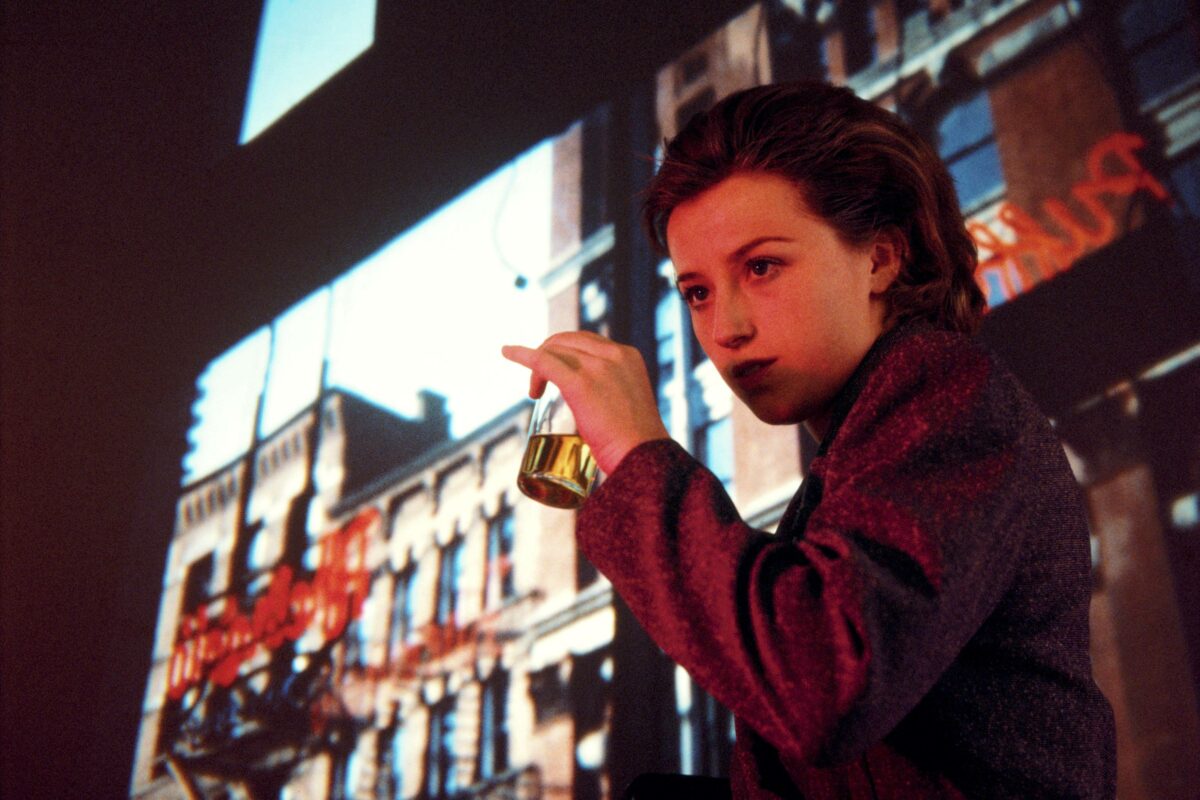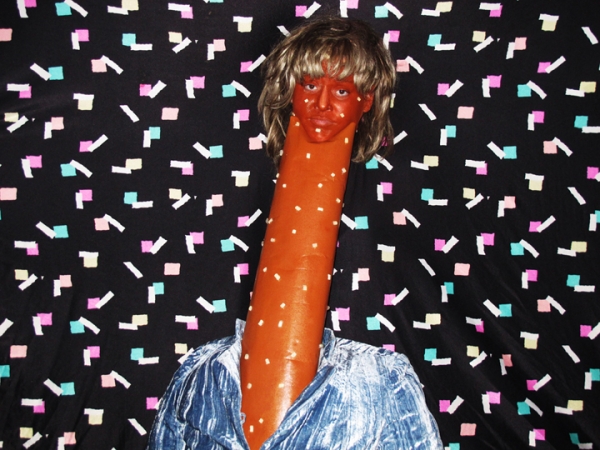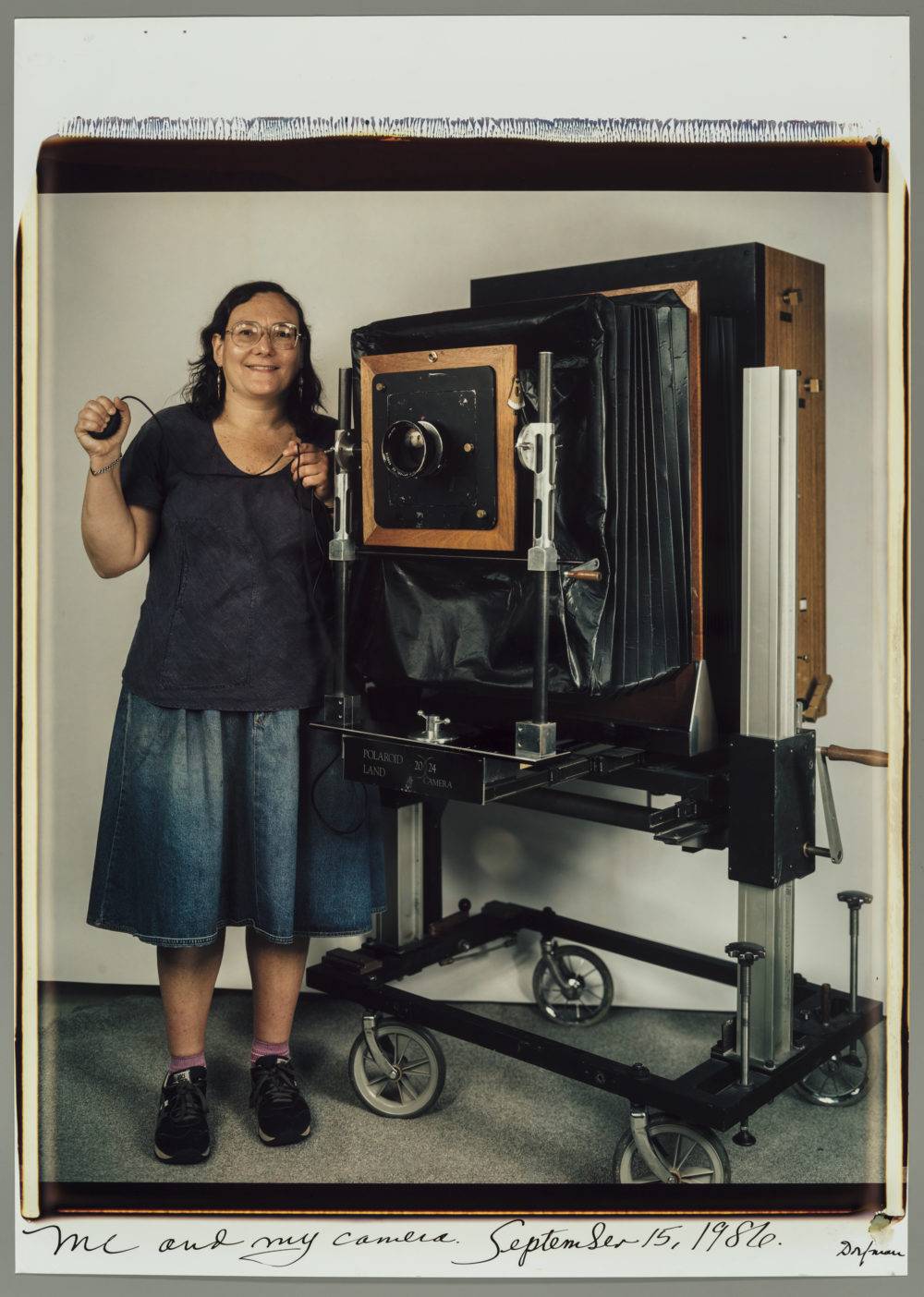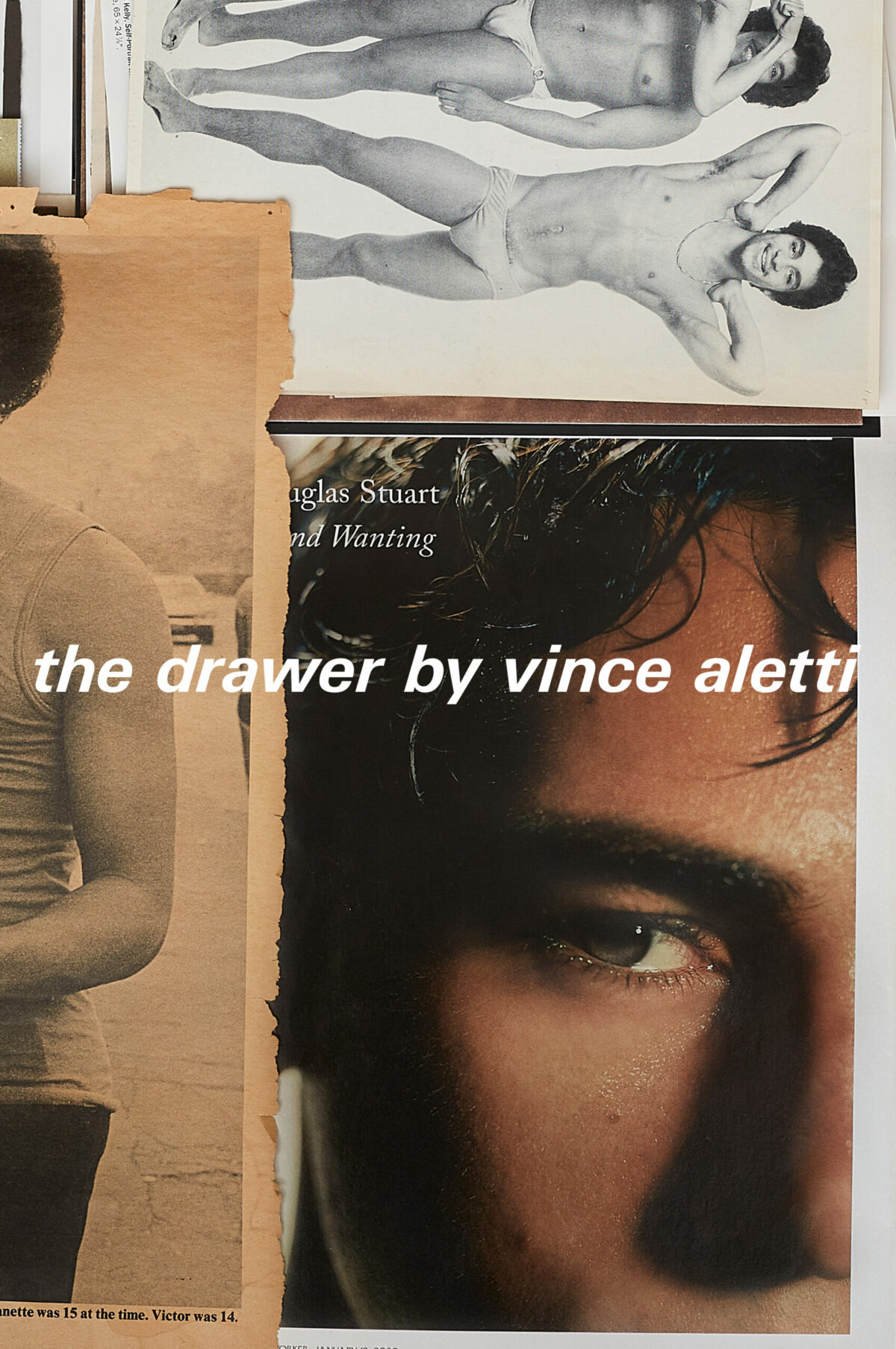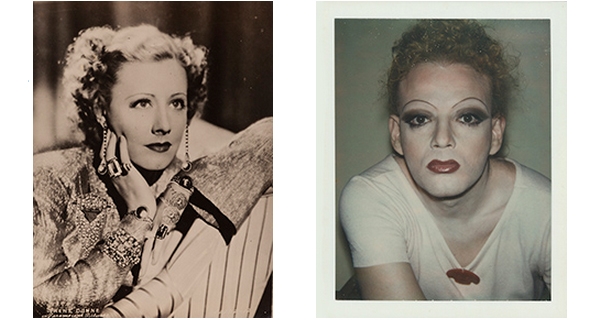

Andy Warhol, Jackie Curtis, 1974. Corcoran Gallery of Art, Washington, D.C., Gift of the Andy Warhol Foundation for the Visual Arts, Inc,. © 2012 The Andy Warhol Foundation for the Visual Arts, Inc. / Artists Rights Society (ARS), New York.
The newest addition to the ever-growing list of Warhol-plus-you-name-it exhibitions is Shooting Stars, at the Corcoran Gallery of Art through April 21, a pairing of Hollywood publicity photos from the 1920s and ‘30s with Warhol’s (moving and still) portraits of beautiful women, aging socialites, and young boys from the 1970s and ‘80s.
The reason for the pairing? As a kid, Warhol was starstruck and amassed albums of Hollywood publicity shots, which he later used as the basis for silkscreen portraits. By the 1970s Warhol himself was a star-maker. Anyone who had, in his eyes, “star quality,” would be set before his camera. Some of his stars – including curators, writers, and ordinary beautiful people — became the subjects of his Screen Tests, three-minute-long movies, each devoted to one face. Other Warhol stars were captured with his Big Shot Polaroid camera.
The Corcoran’s coupling is a tempting thread to hang a show on. The wall text says the exhibition explores the construction of celebrity, particularly “the transition from America’s early cinematic star system to Andy Warhol’s reinvention of fame.” Yet, as if to make any connections between the two bodies of work difficult, the Warhol and Hollywood portraits occupy two separate rooms. Besides, the Hollywood shots that Warhol was most fixated on aren’t here. No Marilyn. No Elvis. No Liz.
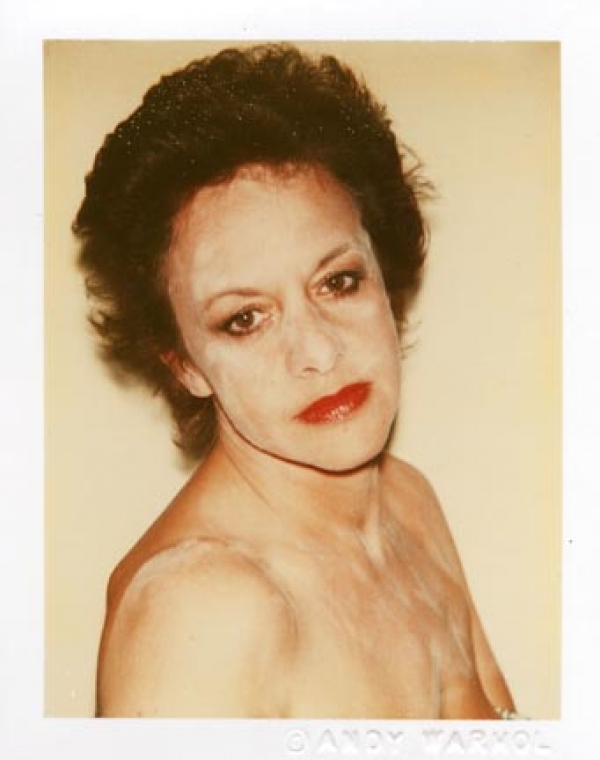

Luckily, the two sets of portraits each have their own pull. It’s fun to look at old publicity shots of Mae West, Lillian Gish, Claudette Colbert, Mary Pickford, Fatty Arbuckle, Tom Mix, RudolphValentino, and Douglas Fairbanks, Jr. It’s also thrilling to watch Warhol’s Four Most Beautiful Women, his short movies of women trying not to flinch. Although his still portraits, at least the ones here, aren’t as captivating as the movies, you do get to see how ordinary socialites (like Ina Ginsburg) were turned into dames that could pass as cross-dressing men. (Jackie Curtis is here, too.) The women removed their jewelry and top before being wrapped in a piece of plain white cloth from the waist up; then white makeup was applied to their face, neck and shoulders. Warhol completed the ghoulish metamorphosis by pushing the contrast on the finished photos.
What comes out of this mating of Warhol with Hollywood? One possible relationship, though the curators don’t say so, is that while the Hollywood shots distilled each star’s peculiar movie charisma into one photo, Warhol’s Film Stills reversed this process, unwinding the single image into a movie about the charisma of a face, where teeth and eyes become the stars. That was my thought anyway. You’ll have your own. Shooting Stars, appropriately for Warhol perhaps, is BYOB – bring your own brain.


